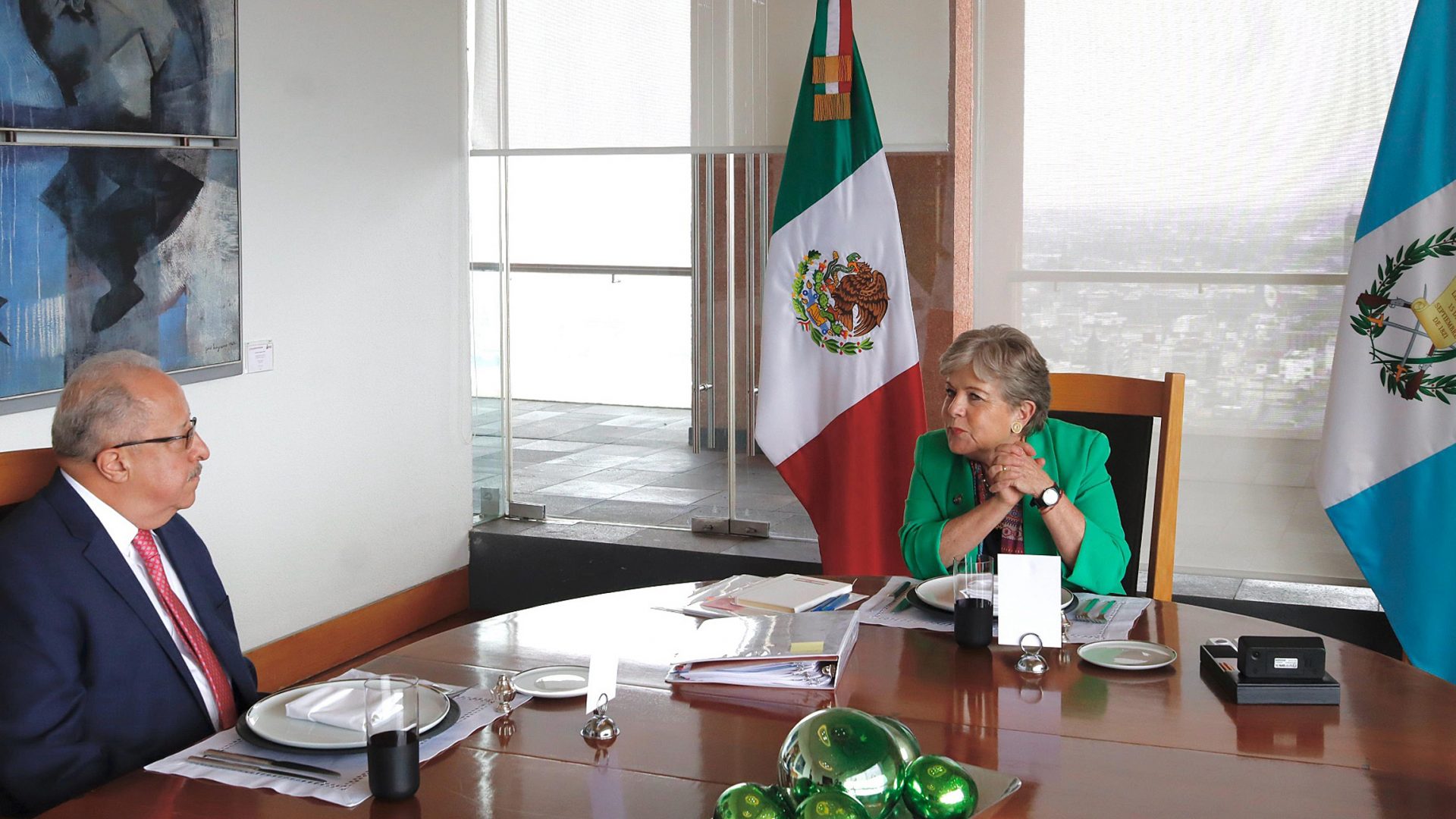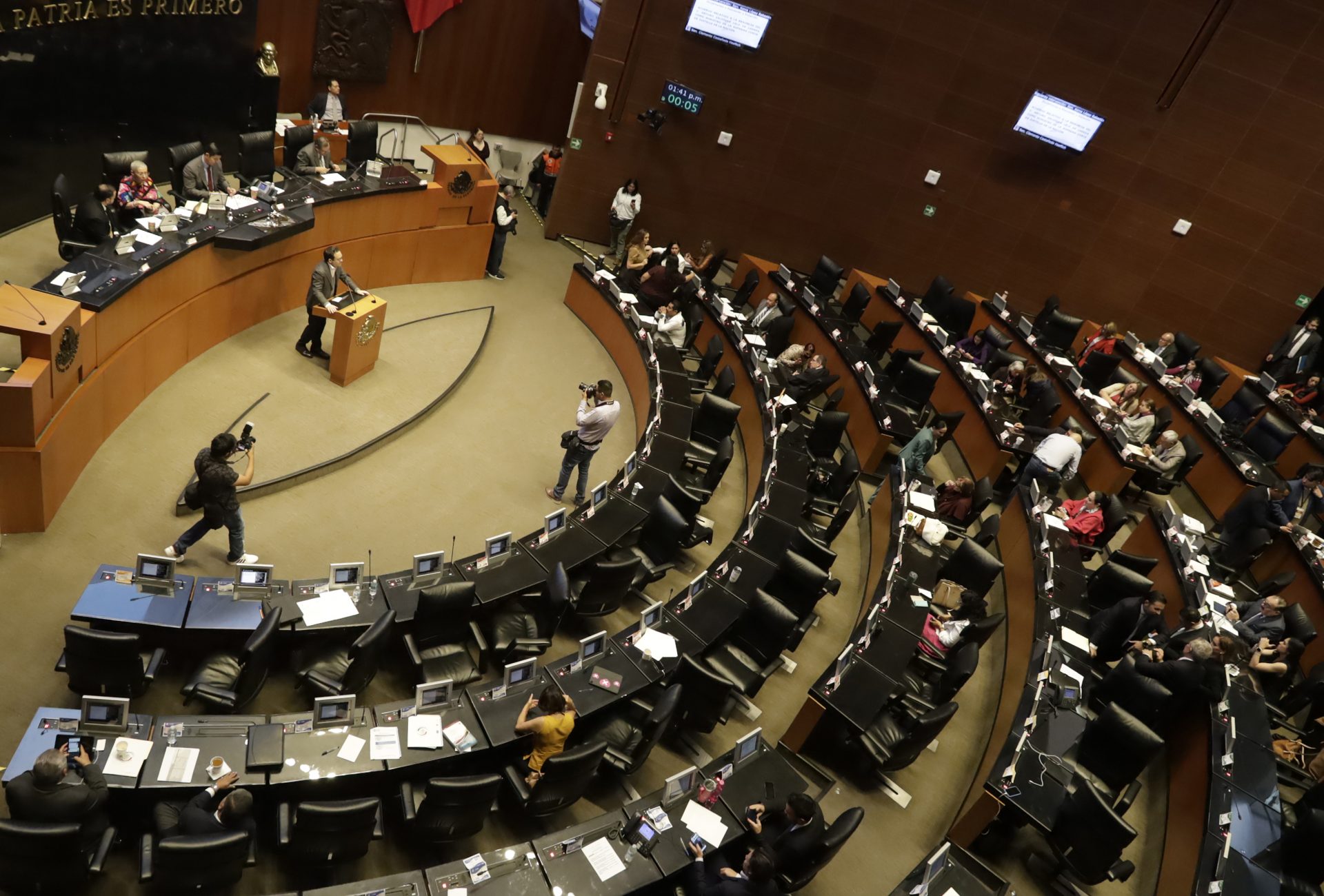By Juan Jesus Cortes
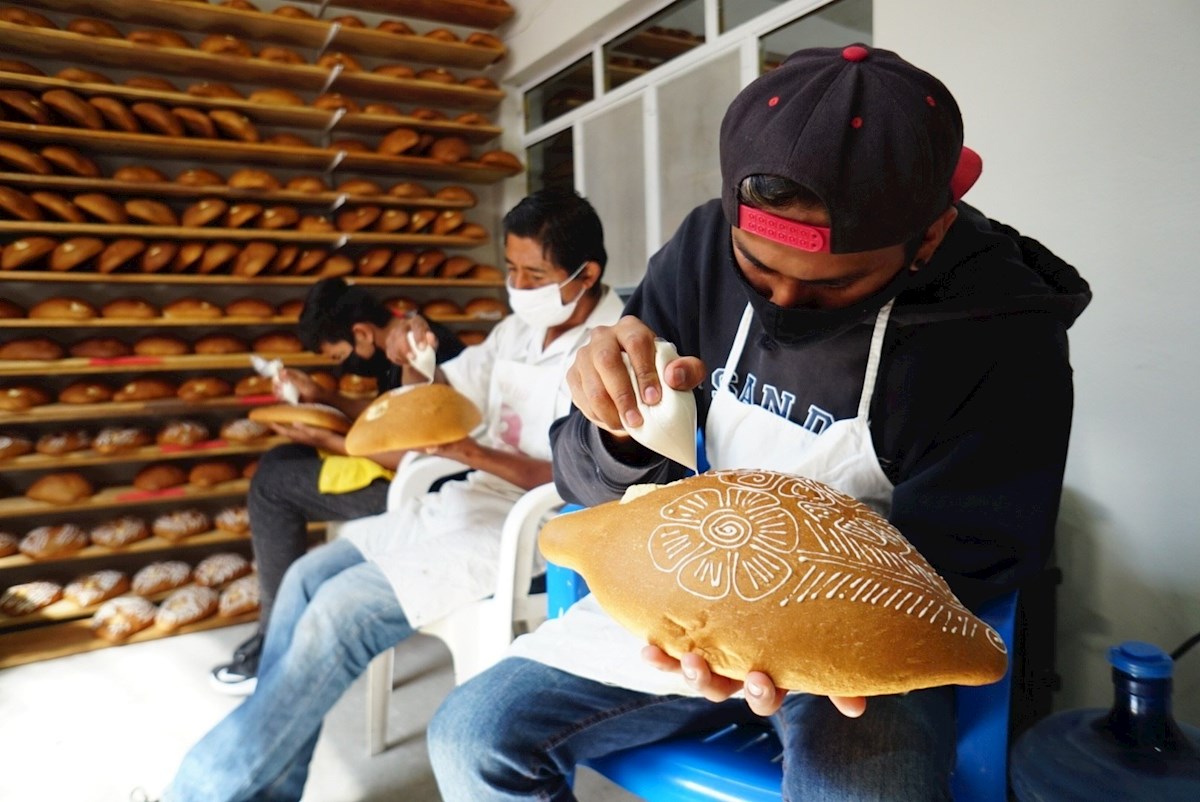
Oaxaca, Mexico, Oct 27 (efe-epa).- Celebrating the Day of the Dead festival is an unwritten law in the southern Mexican state of Oaxaca, and bakers there turn out All Souls Day bread every year for the ceremony, decorating it with elegant flourishes for the Nov. 1-2 offerings that people make to their deceased loved ones.
Birds, flowers and relief images like the pyramids in the Mitla archaeological zone – the “place of the dead” in the local Nahuatl language and an iconic location in the pre-Hispanic Zapotec and Mixtec cultures – adorn the bread baked in the Mitla bakeries, some 60 kilometers (37 miles) from Oaxaca city.
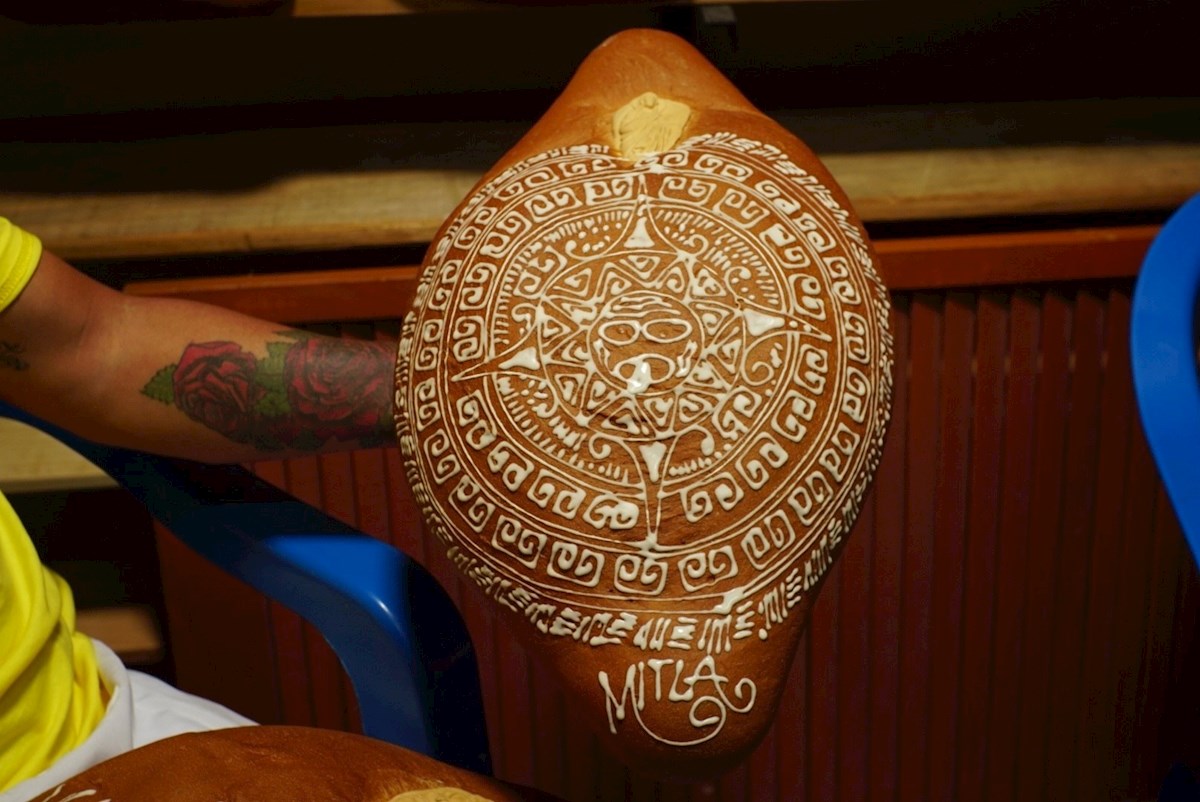
As the Day of the Dead approaches each year, local artisans buckle down to prepare the bread and pastries and festoon it with detailed images for the celebration considered to be the most important of the year in Oaxaca.
Thousands of pieces of bread are prepared in the area in the days leading up to the celebration, many of them special requests with personalized details that, during their earthly lives, distinguished the late loved ones to whom it will be presented as an offering.
“The Day of the Dead in Oaxaca is the biggest festival (here). It’s the festival where we also remember our loved ones and have to give them offerings on the (home) altars and that’s why we have the bread,” Wendy Quero Vasquez, the manager of one of the busiest bakeries in Mitla, told EFE.
Quero said that her “boys,” as she calls her bakers, “can make any figure or design referring to people who are no longer with us. What they did, their trade, what they liked to do, and they can also do images (of the deceased) and right now that’s one of the best offerings” that people are requesting.
The coronavirus pandemic has forced the bread, pastry and candy artisans to adhere to all sorts of health precautions to be able to work. They wear facemasks and work in shifts to maintain social distancing at the ovens.
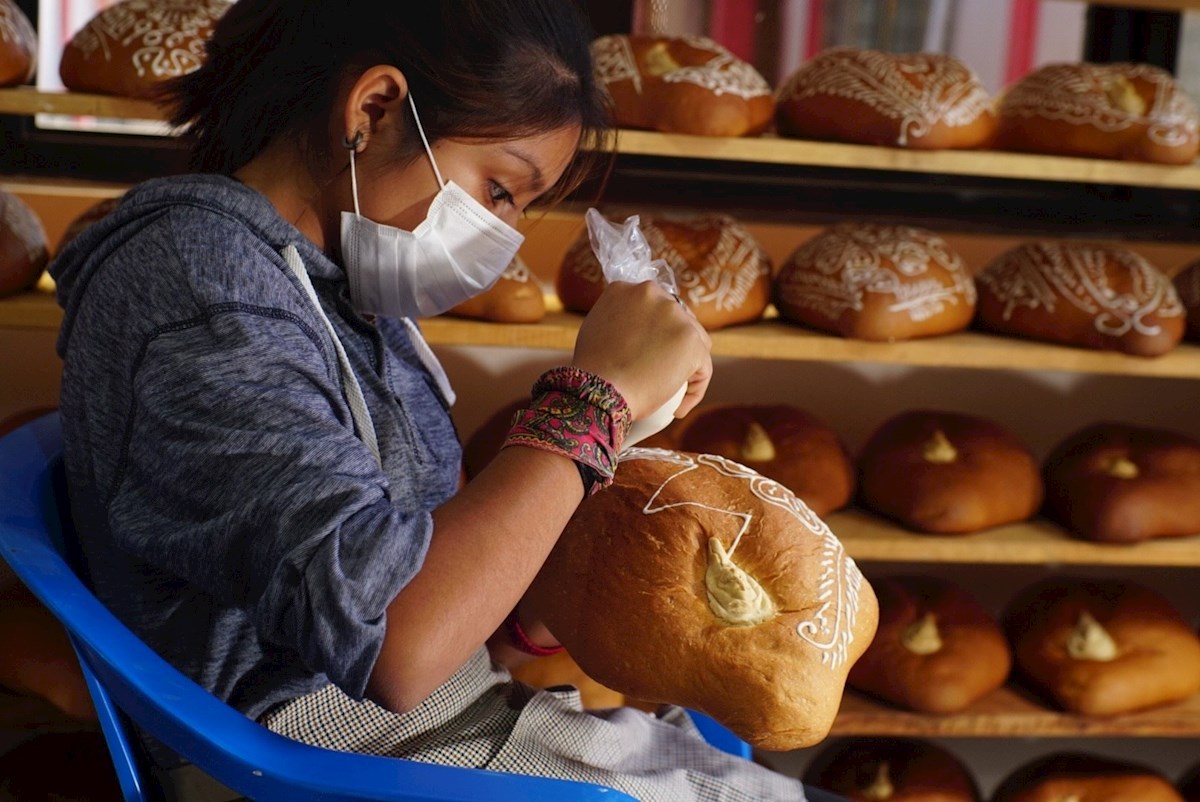
It’s all done to produce the most important item placed on the altars to the dead, because it’s locally understood that every deceased person will have their own piece of bread on the altar, as Miguel Angel Ruiz, who has been decorating bread in Mitla for 25 years and is the oldest “veteran” of the group of more than 40 decorators, told EFE.
“The pieces of bread represent a person who has died. For example, there are people from families where two or three people have died, and there are pieces of bread that they place on the altar to welcome them (back into the household). That’s why people buy the bread, to offer it … to the departed faithful,” he said.
The artisans, who decorate up to 20 pieces of bread per day in the days prior to All Souls Day, or Nov. 2, are expert craftsmen and can produce extraordinarily detailed work.
Behind it all, perhaps they know that they, too, will appreciate such pains taken on their behalf after they die, with ornately decorated pieces of bread offered up to their spirits by their surviving family members every Nov. 1-2.
“When God decides to take us with him, we’d certainly like our relatives to buy and set out a piece of bread for us, because in our traditions … every Nov. 1, with the arrival of (the spirits) of our deceased faithful, we party with them and it’s a really nice thing,” he said.
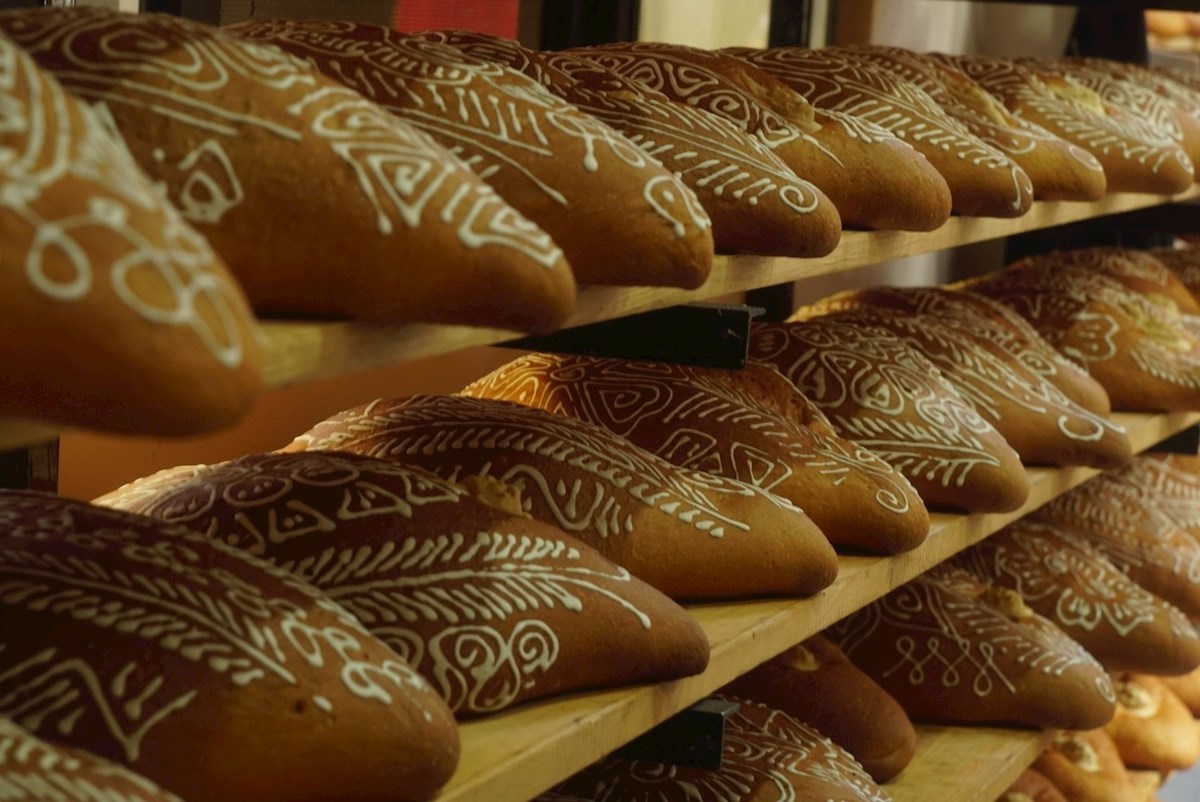
Due to the Covid-19 pandemic, the churches in Mitla will remain closed this year to prevent the spread of the virus.
But despite these restrictions, “the custom will be maintained intact,” said Juan Carlos Martinez, adding that even though the church may be closed “we have our belief that it’s the spirits of our ancestors that visit us.”
“We have the firm belief that our relatives who have died visit us, so they must find something on the altar as offerings, the bread mainly, among other things, like fruit and flowers,” he said.
In Mitla, the ancestral cult to the Lords and to the Region of the Dead – or Mictlan – has been maintained virtually unaltered since the Zapotec culture flourished and fused with the Mixtec to enrich the cultural diversity that nowadays is expressed in Oaxaca.



